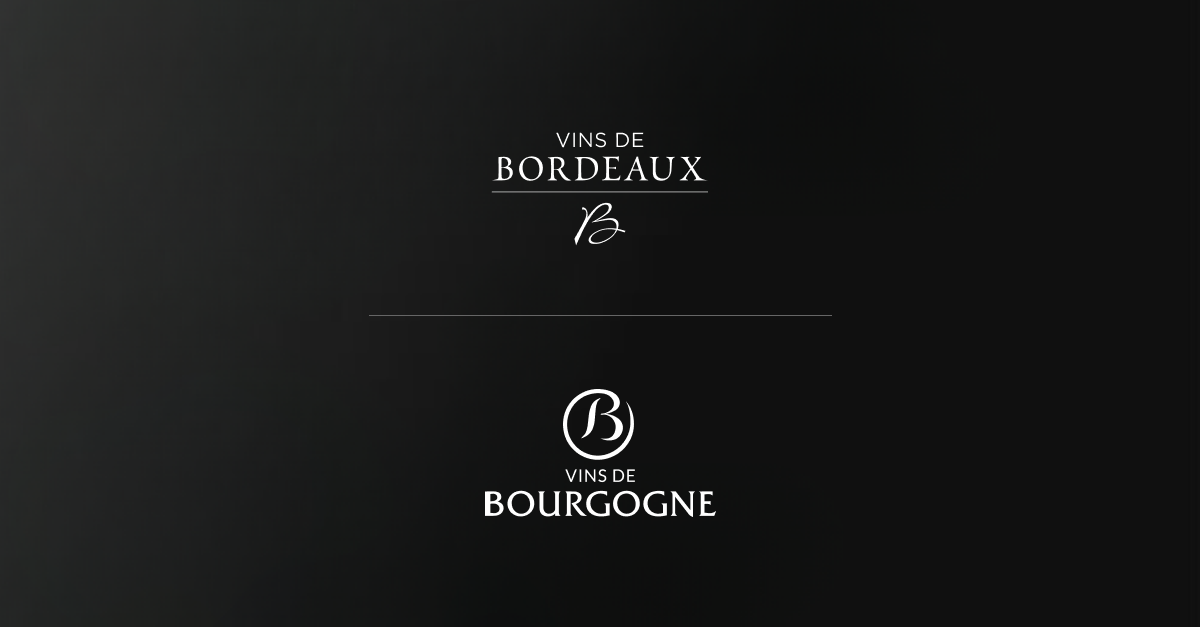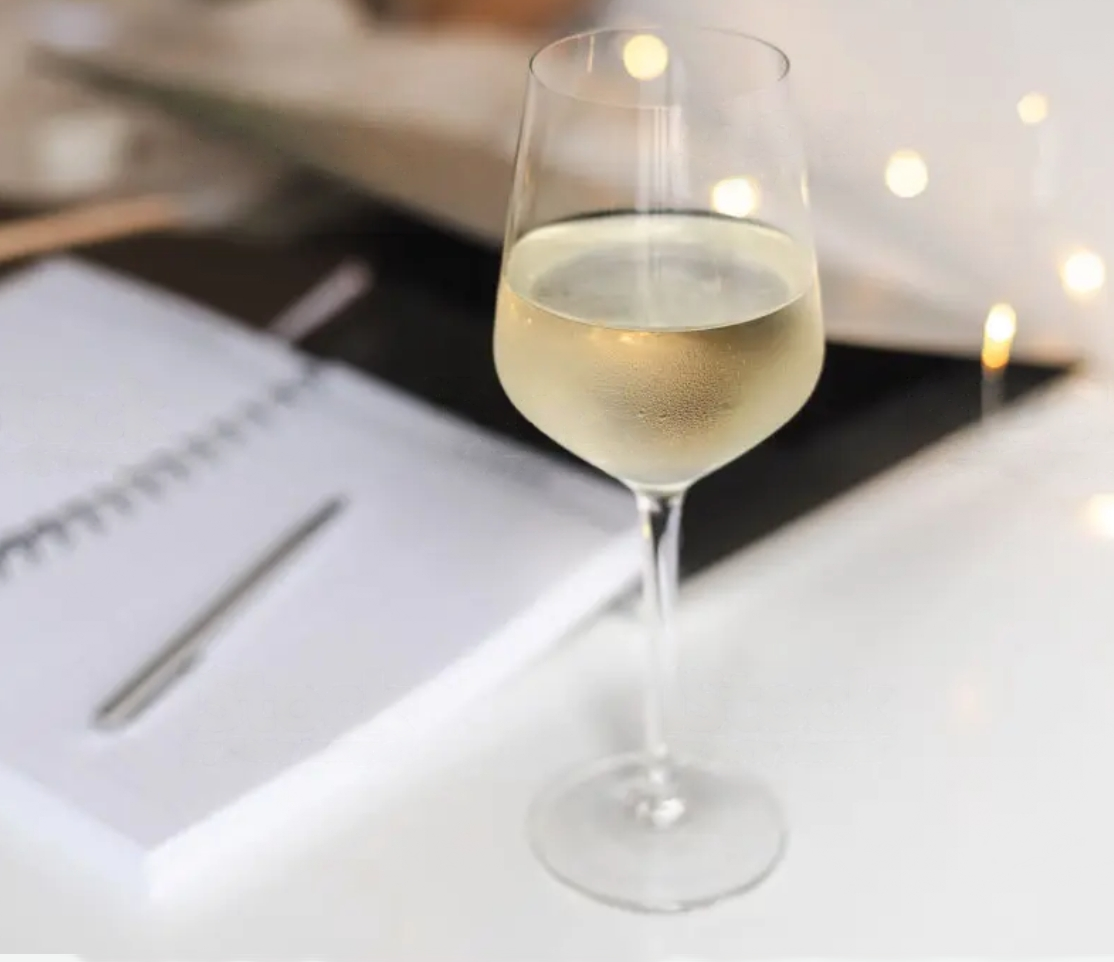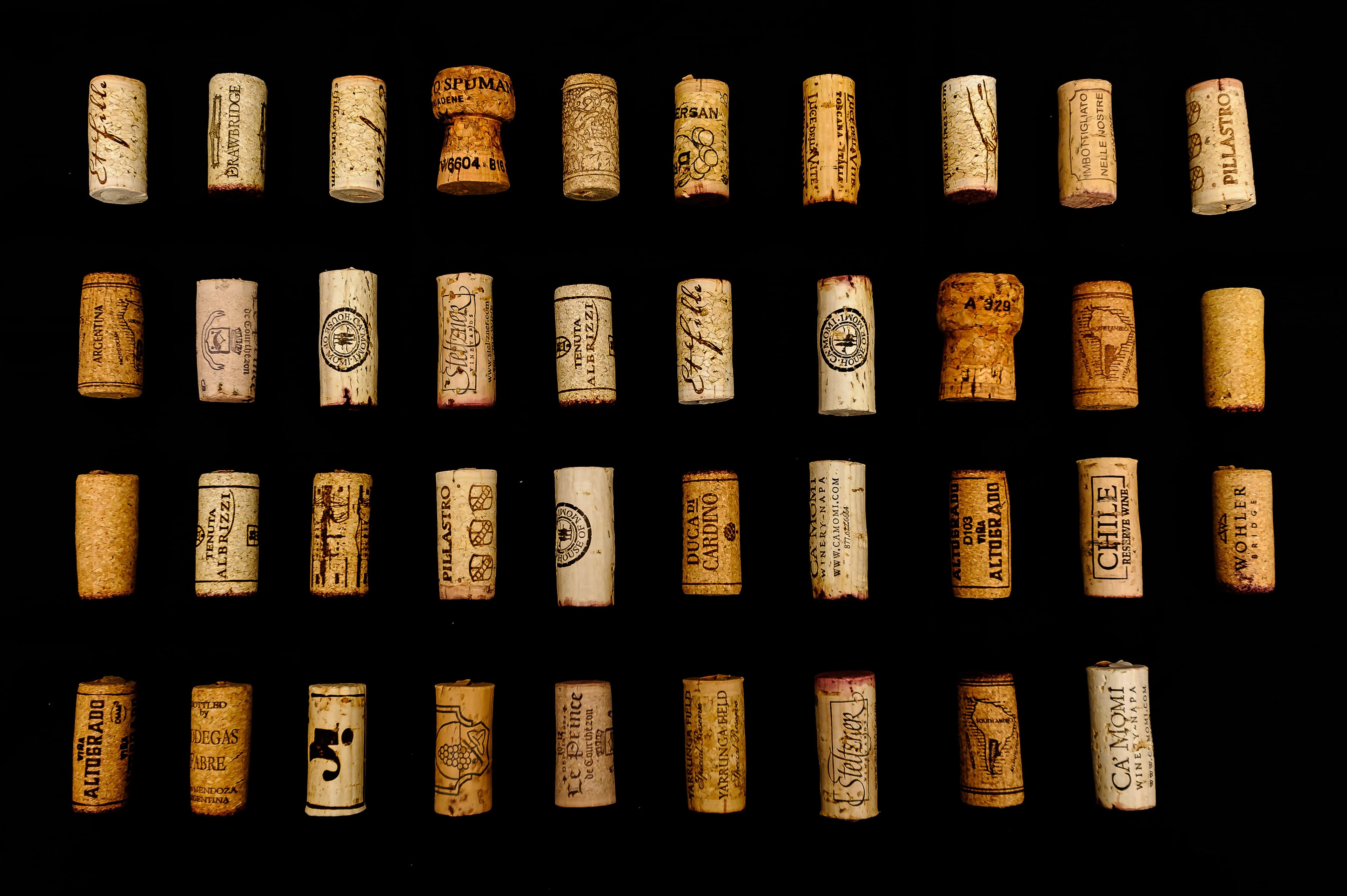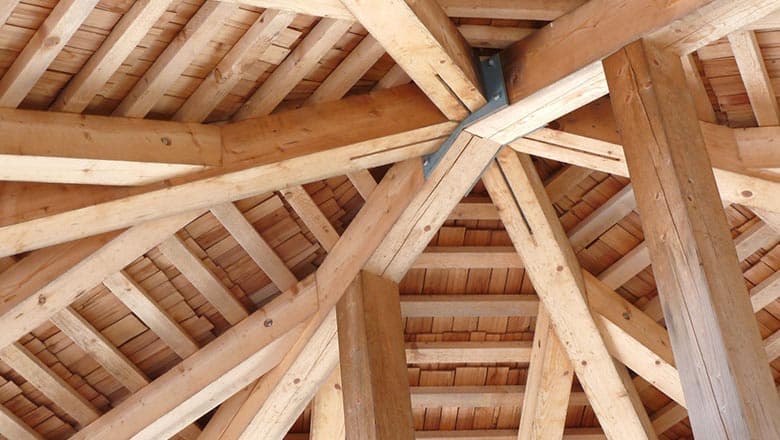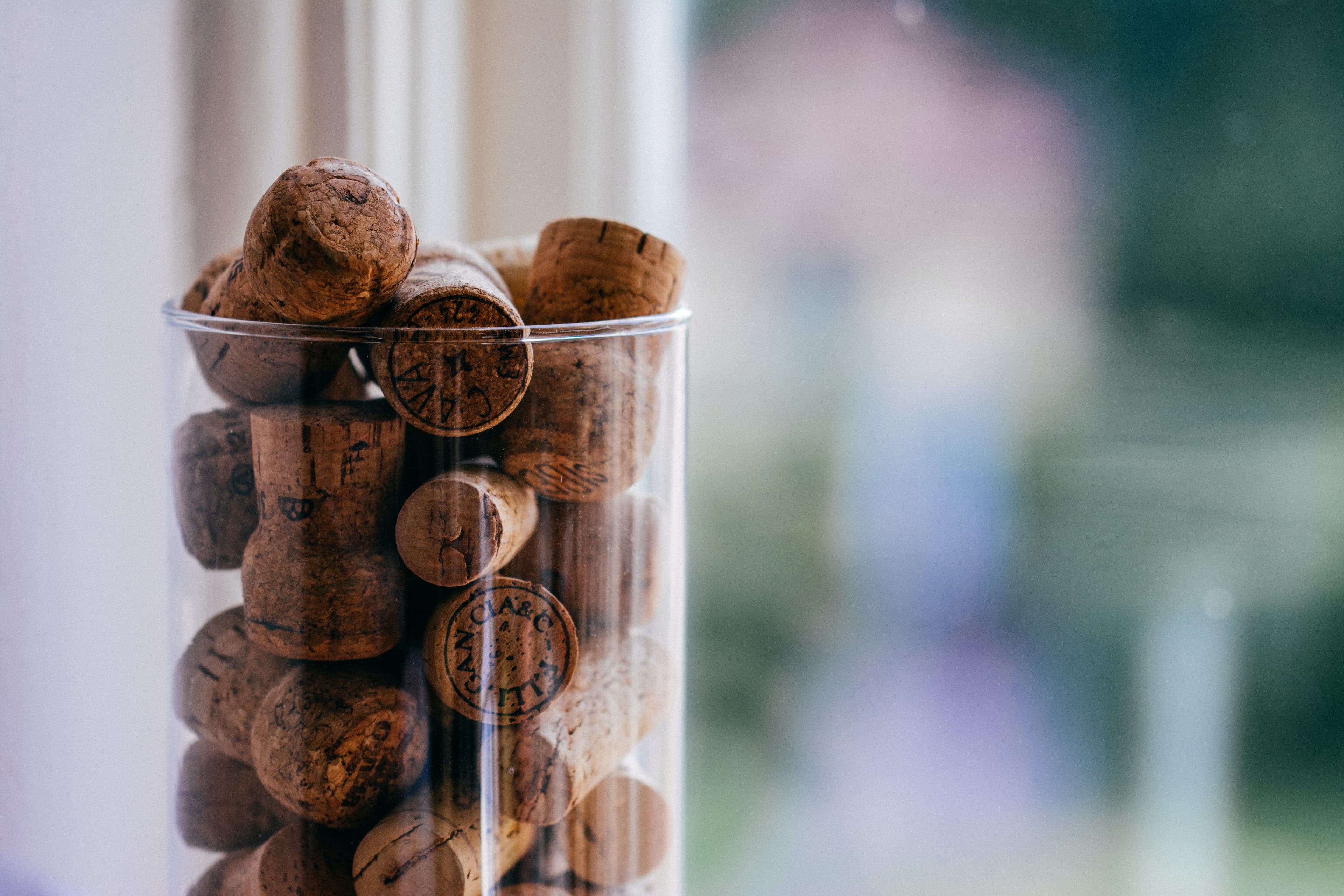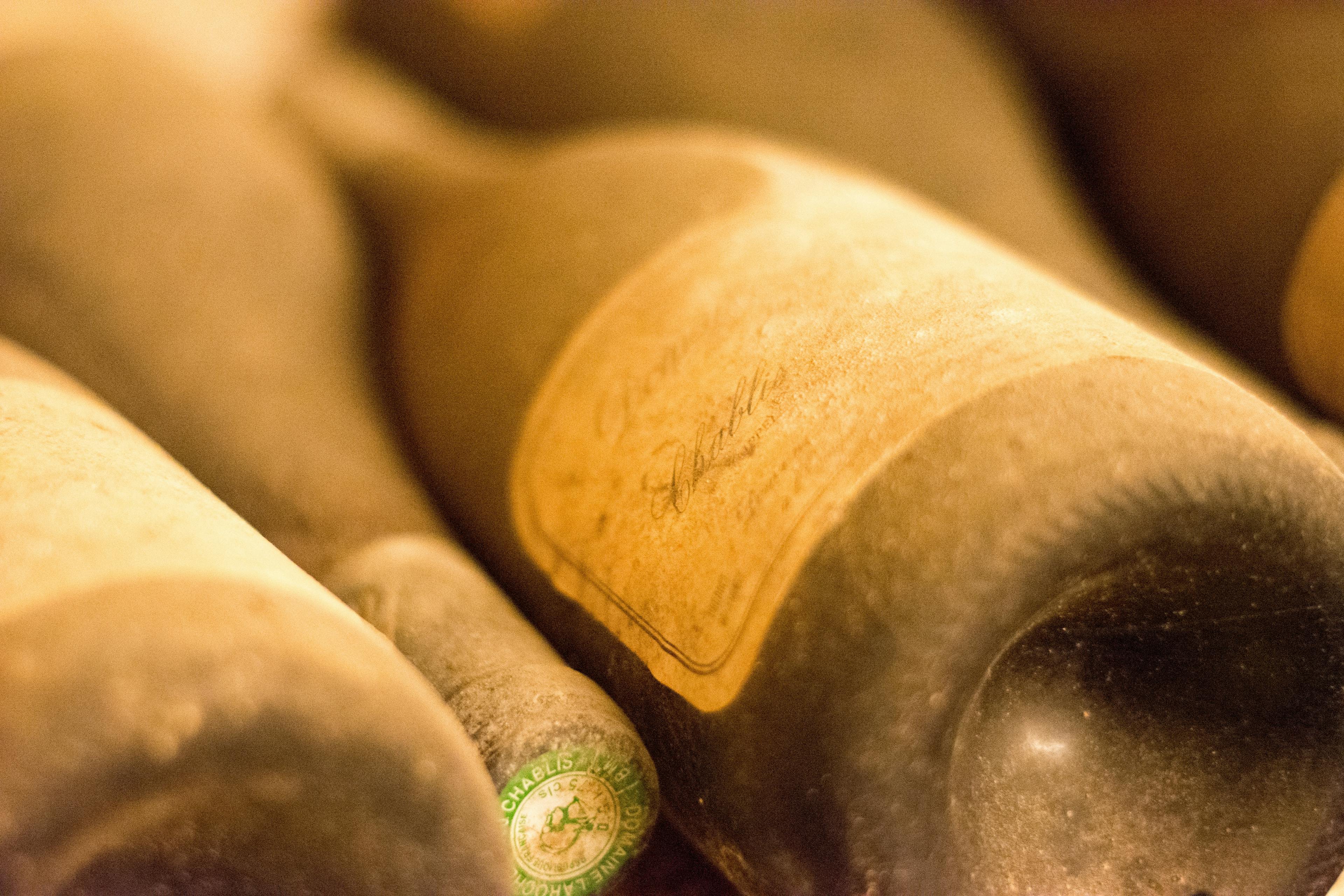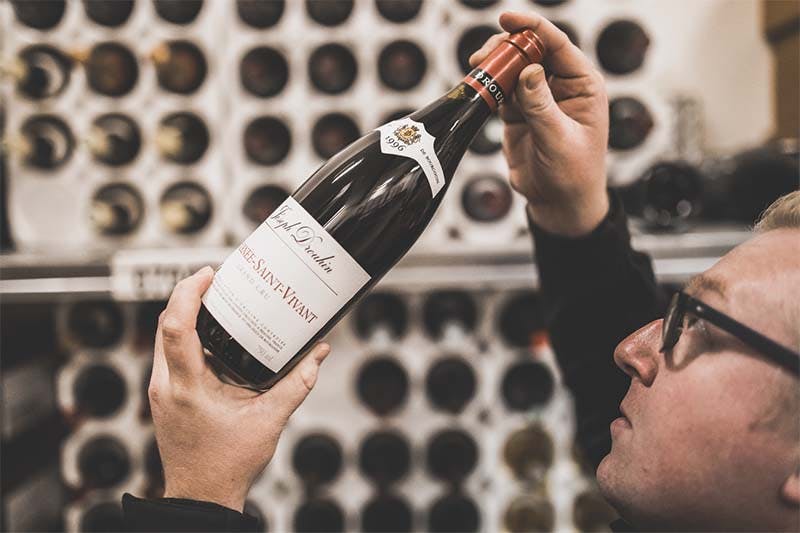
Storing fine wines like Coche-Dury requires careful consideration to maintain their exquisite quality and flavor. Whether you're a seasoned collector or a new enthusiast, understanding the proper storage conditions is crucial. This guide will explore the key factors that influence the longevity and taste of your wines, from temperature control to humidity and light exposure. By adhering to these guidelines, you can ensure that your Coche-Dury remains in pristine condition, ready to impress at your next special occasion or gathering. Let's delve into the best practices for preserving this prestigious wine.
Ideal Temperature and Humidity for Storing Coche-Dury
Storing Coche-Dury in the right conditions is crucial to preserving its quality and enhancing its aging potential. The ideal temperature for storage should consistently be around 12-14°C (53-57°F). This range helps in slowing down the aging process, ensuring that the wine develops its flavors gradually and maintains its integrity.
Humidity also plays a significant role in wine preservation. For Coche-Dury, a humidity level of 60-70% is recommended. This prevents the corks from drying out, which can lead to oxidation and spoilage of the wine. Moreover, it helps in keeping the labels in good condition, which is important for collectors.
To further explore the nuances of this esteemed wine, consider delving into facts that highlight its unique characteristics and production methods. Here are additional tips for optimal storage:
Avoid direct sunlight as UV rays can degrade and prematurely age wine.
Ensure the storage area is free from vibrations, which can disturb sediments in the bottle.
Maintain a consistent environment, as fluctuations in temperature and humidity can harm the wine’s development.
Choosing the Right Storage Location
When selecting the ideal storage location for Coche-Dury, several factors must be considered to ensure the wine maintains its quality and complexity. Temperature control is paramount; the storage area should consistently stay between 12°C and 14°C. Fluctuations can accelerate aging or lead to spoilage. Humidity also plays a critical role, ideally hovering around 70% to keep corks from drying out and letting air into the bottles, which could oxidize the wine.
Additionally, the storage space should be free from vibrations and any sources of light, particularly direct sunlight, as these can degrade the quality of the wine over time. It’s beneficial to store bottles horizontally to keep the cork moist, which prevents it from shrinking and allowing air into the bottle.
For those serious about enjoying their Coche-Dury at its best, investing in a professional wine fridge or a dedicated wine cellar is advisable. These environments offer the most control over temperature, humidity, and other factors critical to preserving the wine’s integrity.
The Importance of Darkness in Storing Coche-Dury
Storing Coche-Dury in a dark environment is crucial for maintaining its quality and longevity. Light exposure, particularly UV rays from sunlight, can cause significant damage to wine, leading to premature aging and degradation of delicate flavors. This is particularly true for high-quality wines like Coche-Dury, where the subtleties of flavor are highly prized.
Prevents Photooxidation: Darkness helps in preventing the photooxidation process, where light exposure leads to chemical reactions that can alter the wine's color and taste.
Maintains Temperature Consistency: Storing wine in a dark place typically means it is also away from sources of heat, such as direct sunlight. This helps in maintaining a consistent temperature, which is vital for wine preservation.
Enhances Aging Potential: By reducing exposure to light, the aging process is slowed down, allowing the wine to develop flavors and aromas that are expected from a mature Coche-Dury.
Understanding the history of Coche-Dury can provide insights into why these storage techniques are so crucial. The traditional methods used in its production are designed to create wines that benefit significantly from careful aging, making proper storage essential.
Horizontal vs. Vertical Storage: Best Practices
When storing Coche-Dury, the orientation of the bottle can significantly impact the wine's quality. Horizontal storage is often recommended for long-term aging. This position keeps the cork moist, which is crucial for maintaining its seal and preventing air from entering the bottle. A dry cork can shrink, allowing oxygen to seep in and potentially spoil the wine.
Vertical storage, on the other hand, is typically used for shorter periods. This method is suitable for wines that will be consumed relatively soon or for bottles with alternative closures, such as screw caps or synthetic corks, which are not affected by dryness.
Here are some best practices for storing your Coche-Dury:
Temperature Control: Maintain a consistent cellar temperature between 45°F and 65°F to ensure optimal aging conditions.
Humidity Levels: Aim for a humidity level of about 70% to keep corks in perfect condition without promoting mold growth.
Avoid Light and Vibration: Store bottles in a dark, vibration-free environment to preserve the wine's integrity and flavor.
For more detailed guidance on how to serve Coche-Dury at its best, consider the specific requirements of this prestigious wine.
Tips for Long-Term Aging of Coche-Dury
Proper storage is crucial for the long-term aging of Coche-Dury, ensuring that its taste matures perfectly. Here are several tips to help maintain the quality of this exquisite wine:
Temperature Control: Keep your wine at a consistent temperature, ideally between 12°C and 14°C. Fluctuations can accelerate aging and potentially damage the wine.
Humidity Levels: Aim for a humidity level of about 70%. This prevents the cork from drying out, which might allow air into the bottle and spoil the wine.
Avoid Light: Store bottles in a dark place, as light can degrade the quality of wine over time. UV rays are particularly harmful and can lead to the development of unpleasant flavors.
Horizontal Positioning: Lay wine bottles horizontally to keep the liquid against the cork, which helps to keep it moist and airtight.
Vibration Free: Ensure your storage area is free from vibrations. Constant movement can disturb the sediment in wine, disrupting the aging process.
By following these guidelines, your Coche-Dury will age gracefully, developing a more complex profile that is a delight to explore after years of careful storage.
When to Rotate Your Coche-Dury Bottles
Rotating your Coche-Dury bottles is a crucial aspect of wine storage, particularly for those who own popular vintages. This practice helps in ensuring the wine ages evenly and maintains its quality. Typically, it's advisable to rotate your bottles slightly every few months. However, the frequency can depend on specific factors including the type of wine and the conditions of your storage area.
Temperature Stability: If your storage area experiences fluctuations in temperature, consider rotating your bottles more frequently. This adjustment helps mitigate the risk of the cork drying out or becoming too moist, which could affect the wine's aging process.
Humidity Levels: High humidity levels can lead to mold growth, while low levels might cause the cork to dry out. Rotating the bottles ensures that no single side is continuously exposed to adverse conditions.
Light Exposure: Minimize exposure to light, especially direct sunlight, as it can degrade the quality of the wine. By rotating the bottles, you ensure that no side is consistently exposed to light, thus preserving the integrity of the wine.
Implementing these practices will help maintain the quality and longevity of your Coche-Dury collection, allowing you to enjoy each bottle at its best.
Monitoring Your Storage Conditions
Monitoring your storage conditions is crucial for maintaining the quality of Coche-Dury wines. Ensuring that the environment is stable can prevent premature aging and preserve the delicate flavors that make this wine so sought after. Key factors to consider include temperature, humidity, light exposure, and vibration.
Temperature: Ideal storage temperatures for wine range between 45°F and 65°F. Fluctuations can cause the wine to expand and contract, potentially damaging the cork and allowing air to seep in.
Humidity: Aim for a humidity level of about 70%. This prevents the cork from drying out and minimizes the risk of oxidation.
Light Exposure: Wine should be kept in a dark place as UV rays can degrade and prematurely age it. If storing in a room with natural light, shield the bottles from direct sunlight.
Vibration: Minimize vibration as much as possible. Constant movement can disturb the sediments in the bottle, affecting the maturation process.
For enthusiasts looking to enhance their experience, exploring food pairings with Coche-Dury can provide delightful culinary combinations that highlight the wine's unique characteristics.
Solutions for Storing Coche-Dury Without a Cellar
Storing Coche-Dury wines properly when you lack a traditional cellar can be challenging, yet several effective solutions exist. First, consider investing in a wine refrigerator. These specialized units maintain optimal humidity and temperature levels, which are crucial for preserving the characteristics of Coche-Dury. They also protect the wine from harmful light and vibrations, which can degrade quality over time.
Another option is to use a cool, dark closet in your home. Ensure the area is consistently below 18°C (65°F) and is not subject to frequent temperature fluctuations. Additionally, the space should be free from strong odors that could infiltrate the cork and affect the wine's flavor.
Utilize storage racks designed to keep bottles on their sides, ensuring the cork remains moist and swollen to prevent air from entering the bottle.
Consider purchasing a small-scale wine cabinet if space and budget allow, offering a more controlled environment similar to a wine fridge.
For short-term solutions, a basement corner away from any heat sources or windows can suffice, provided conditions are monitored regularly.
Handling and Moving Bottles of Coche-Dury
When handling and moving bottles of Coche-Dury, it is essential to appreciate the craftsmanship that goes into each bottle. This understanding will guide you in maintaining the integrity of the wine. Here are some key considerations:
Temperature Control: Always keep the wine in a climate-controlled environment. Sudden temperature changes can affect the wine's aging process and potentially spoil its unique characteristics.
Gentle Handling: Avoid shaking or jarring the bottles. Coche-Dury's delicate balance can be disrupted by rough handling, which might alter its exquisite flavors.
Horizontal Storage: Store the bottles horizontally to keep the cork moist, preventing it from drying out and letting air into the bottle, which could oxidize the wine.
Avoid Light: Store the wine in a dark place as light can degrade the quality of the wine over time, especially sunlight which can cause the wine to heat up.
Proper Inventory: Keep an inventory of your wine collection to avoid unnecessary movement and handling of the bottles. This practice helps in tracking which bottles to open and reduces the frequency of moving other bottles.
By adhering to these practices, you ensure that each bottle's quality is preserved, allowing you to enjoy the wine as intended by its makers.
Recognizing Signs of Improper Storage
Recognizing signs of improper storage for Coche-Dury wines is crucial to maintaining their quality and value. Here are key indicators that the wine may not have been stored correctly:
Discoloration: Wines, especially whites like Coche-Dury, should have a vibrant, clear hue. Any brown or overly golden tones might suggest oxidation due to exposure to heat or light.
Sediment formation: While some sediment is normal, excessive amounts can indicate that the wine has been subjected to fluctuations in temperature or has aged prematurely.
Leakage or seepage: If the cork is pushed out slightly from the bottle or there are signs of wine leaking, it's often a result of heat exposure. This can lead to air entering the bottle and spoiling the wine.
Cork condition: A dry, crumbly cork can be a sign of low humidity in the storage environment, while a moldy cork may indicate excessive humidity.
Unusual smells: Upon opening, if the wine emits a musty, moldy, or vinegar-like smell, it likely means that it has been exposed to conditions that have negatively affected its integrity.
Monitoring these signs helps ensure that your investment in Coche-Dury wines is well protected.
Conclusion
In conclusion, storing Coche-Dury wines safely is crucial for maintaining their quality and ensuring they age gracefully. By focusing on optimal storage conditions—such as maintaining a consistent temperature around 12-14°C, ensuring proper humidity levels of 60-70%, keeping the bottles in a dark environment, and positioning them horizontally—you can preserve the integrity and flavor of these exquisite wines. Additionally, considering professional storage solutions, like those offered by Rekolt, can provide an added layer of security and convenience.
At Rekolt, we understand the importance of proper wine storage, which is why we offer specialized services that cater to the needs of wine enthusiasts and collectors. Our professional cellar options not only ensure that your Coche-Dury wines are stored under ideal conditions but also offer the flexibility to easily resell and trade wines through our marketplace. This seamless integration of storage and trading opportunities enhances the overall experience of wine collecting, making it more enjoyable and potentially more profitable.
Whether you are a seasoned collector or a new enthusiast, ensuring that your wines are stored correctly is paramount. By choosing Rekolt’s professional storage solutions, you can rest assured that your Coche-Dury collection is in expert hands, preserved perfectly for future enjoyment or investment.
Share this article
